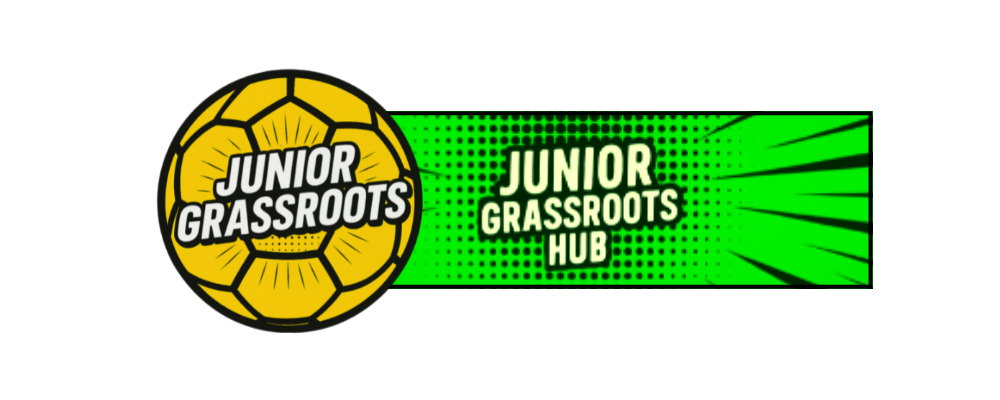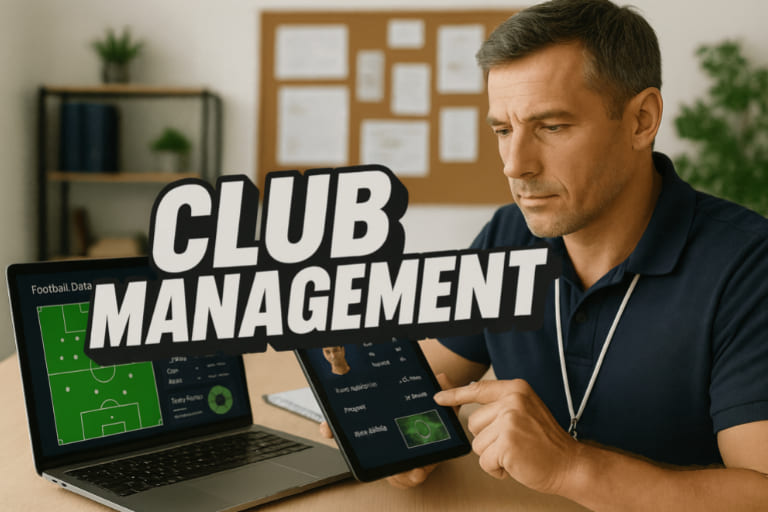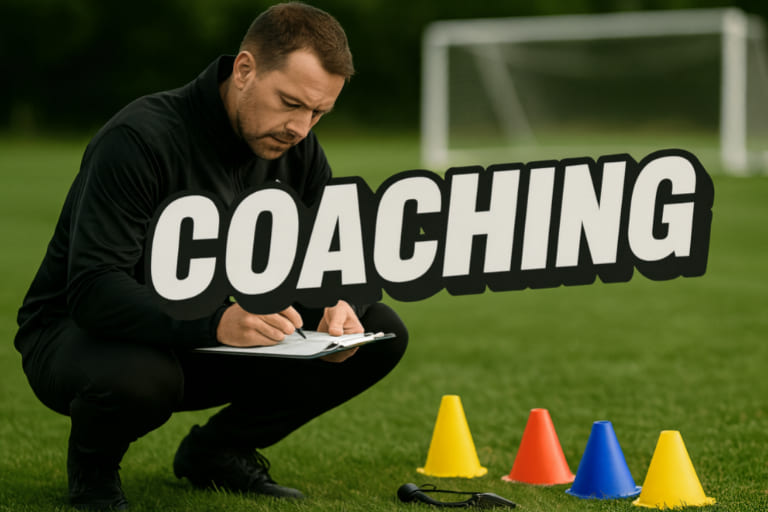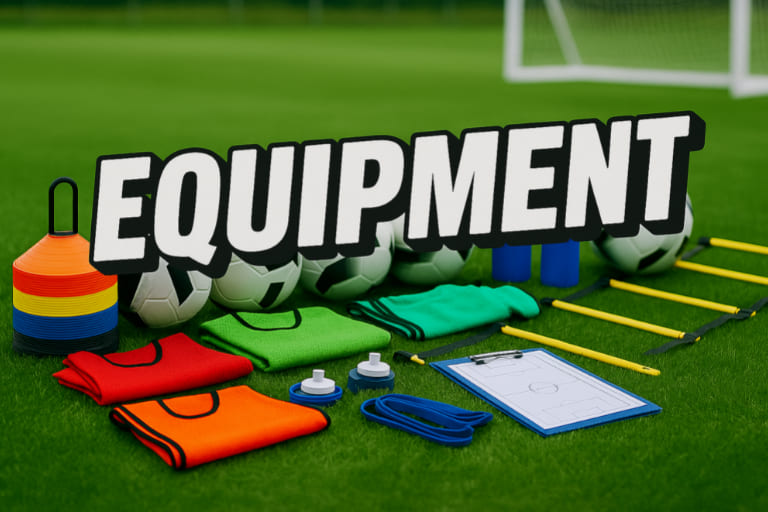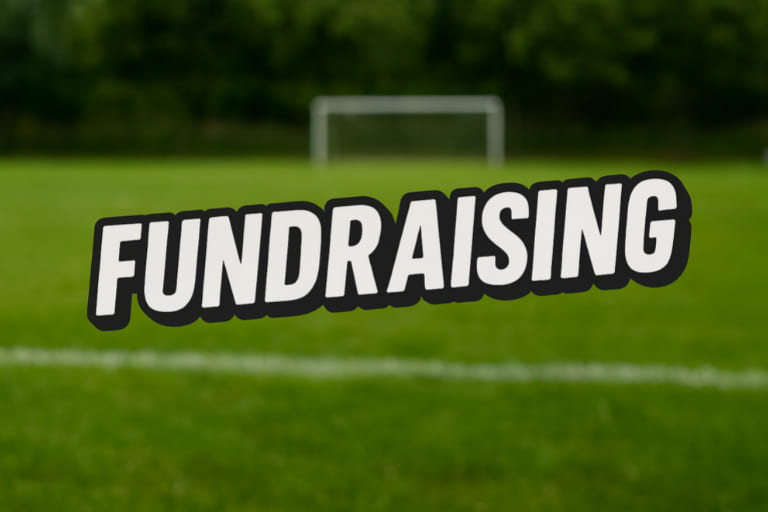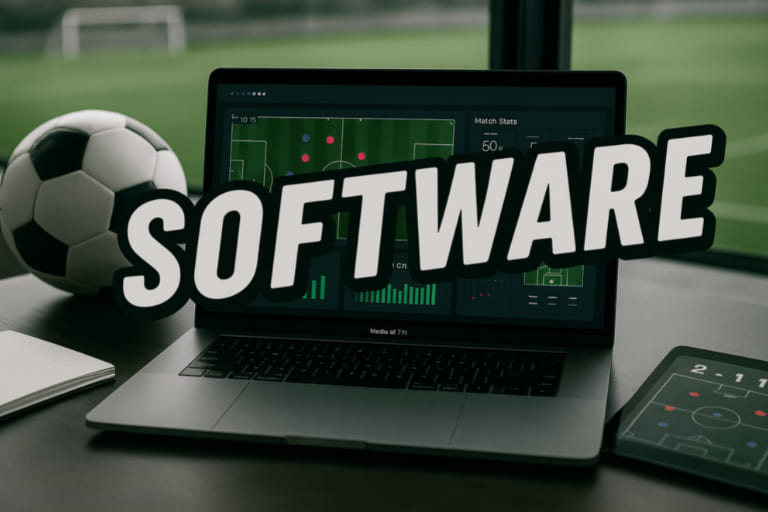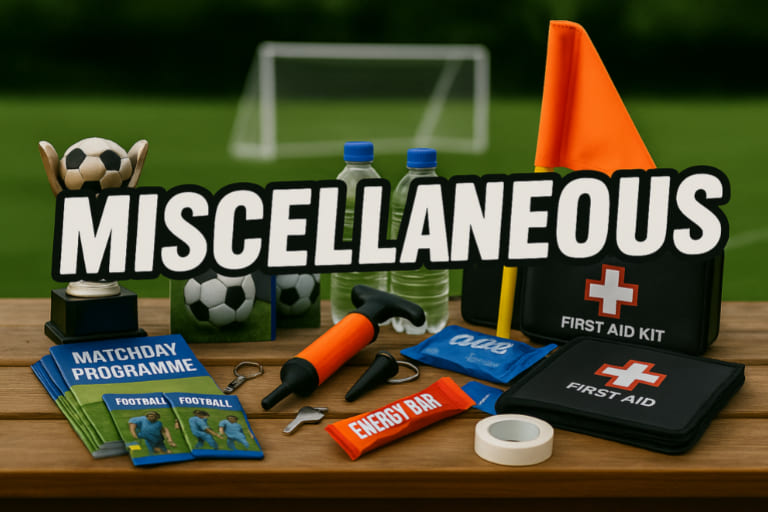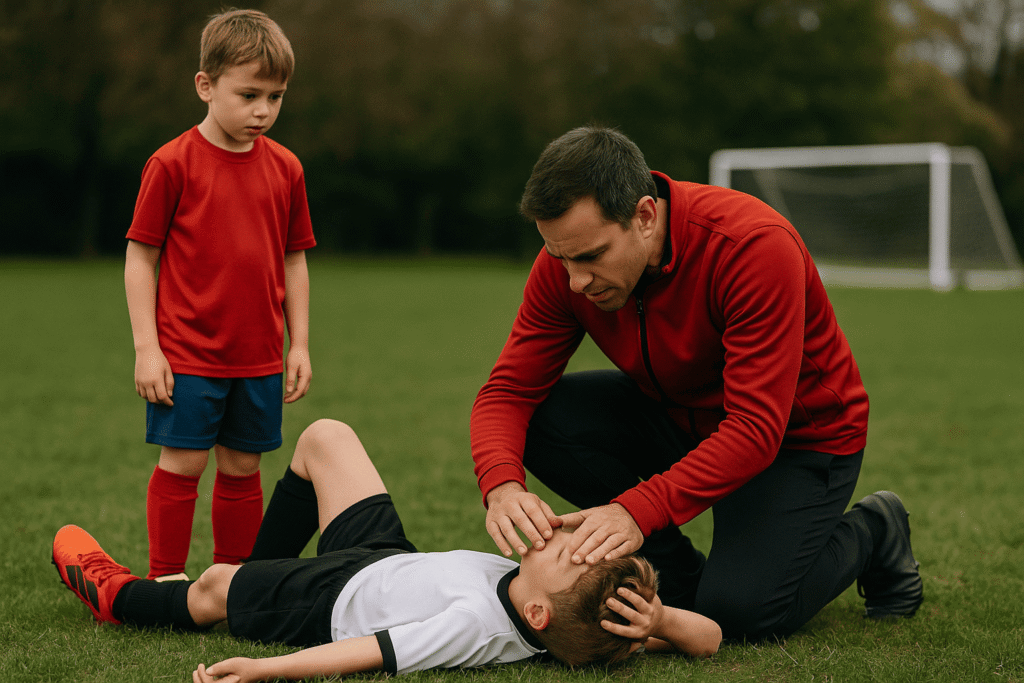
Concussion in Junior Grassroots Football: What Every Parent and Coach Needs to Know
Concussion is one of the most serious injuries in junior grassroots football. While relatively rare, its effects can be long-lasting, especially in children and adolescents. This article breaks down what a concussion is, how it happens, signs to watch for, recovery guidelines, and how coaches and parents can protect young players.
What Is a Concussion?
A concussion is a type of traumatic brain injury caused by a bump, blow, or jolt to the head—or even from a hit to the body that causes the head to move rapidly. It disrupts normal brain function and can affect a child’s ability to concentrate, balance, and process information.
In junior grassroots football, concussions most commonly occur from:
Head clashes with another player
Collisions with the ground
Accidental elbows or high balls
Falls during tackles or headers
Is Concussion Common in Youth Football?
While concussions in grassroots football are not extremely frequent, they are taken very seriously. Children’s brains are still developing, making them more vulnerable to long-term effects.
According to FA research and NHS data:
- Concussions account for a significant proportion of football-related injuries in youth age groups.
- Boys and girls playing contact sports like football are at risk, especially from accidental clashes during matches.
Signs & Symptoms of Concussion in Children
Symptoms may not always appear immediately. Watch for these signs during or after a match:
Physical Symptoms:
- Headache or “pressure” in the head
- Nausea or vomiting
- Dizziness or balance problems
- Blurred or double vision
- Light or noise sensitivity
Cognitive Symptoms:
- Confusion or memory loss (especially around the incident)
- Difficulty concentrating
- Feeling sluggish or “foggy”
Emotional or Behavioural:
- Irritability or unusual mood swings
- Drowsiness or difficulty waking
- Sudden crying or fear without explanation
⏱ Remember: Symptoms may take hours to fully emerge. Always monitor the child for 24–48 hours.
What Should You Do If a Concussion Is Suspected?
If there’s any suspicion of concussion:
- Remove the player immediately from play—“If in doubt, sit them out.”
- Seek medical advice from a GP, NHS 111, or go to A&E for severe symptoms.
- Do not allow return to play until fully cleared by a medical professional.
The FA supports a Graduated Return to Play (GRTP) protocol (usually 2 weeks minimum for under-18s).

Graduated Return to Play (GRTP) Protocol – For Under 18s
The GRTP stages include:
- Rest (24–48 hours) – Physical and mental rest.
- Light aerobic activity (e.g., walking, gentle cycling).
- Sport-specific drills – No contact yet.
- Non-contact training – Passing, movement drills.
- Full contact practice – If symptom-free and medically cleared.
- Return to play – Only with full recovery.
Each stage should last at least 24 hours, and any return of symptoms means going back to the previous step.
Advice for Parents
As a parent:
- Learn the warning signs of concussion and always trust your instincts.
- Keep your child out of school sports or PE until medically cleared.
- Encourage open conversations—some kids may hide symptoms to stay on the team.
- Record the incident date and keep coaches informed during recovery.
Tips for Grassroots Coaches and Clubs
- Follow FA and County FA guidelines for head injury response.
- Include concussion awareness in your club’s safeguarding training.
- Always have a qualified first-aider present on matchdays.
- Use clear communication with parents after any suspected head injury.
- Keep track of head injury incidents and recovery plans.
When to Go to A&E Immediately
If your child shows any of these signs, take them to A&E straight away:
- Repeated vomiting
- Loss of consciousness (even briefly)
- Convulsions or seizures
- Difficulty staying awake
- Slurred speech
- Weakness or numbness in limbs
Final Thoughts: Safety First in Junior Football
Football should be a fun, enriching experience for every child. But when it comes to head injuries, caution must come first. By recognising the symptoms of concussion, acting quickly, and following a proper return-to-play plan, parents and coaches can protect the health and long-term well-being of young players.
The Junior Grassroots Hub encourages all clubs to promote education around concussion safety and to make sure that both staff and families are aware of the risks and recovery process.
